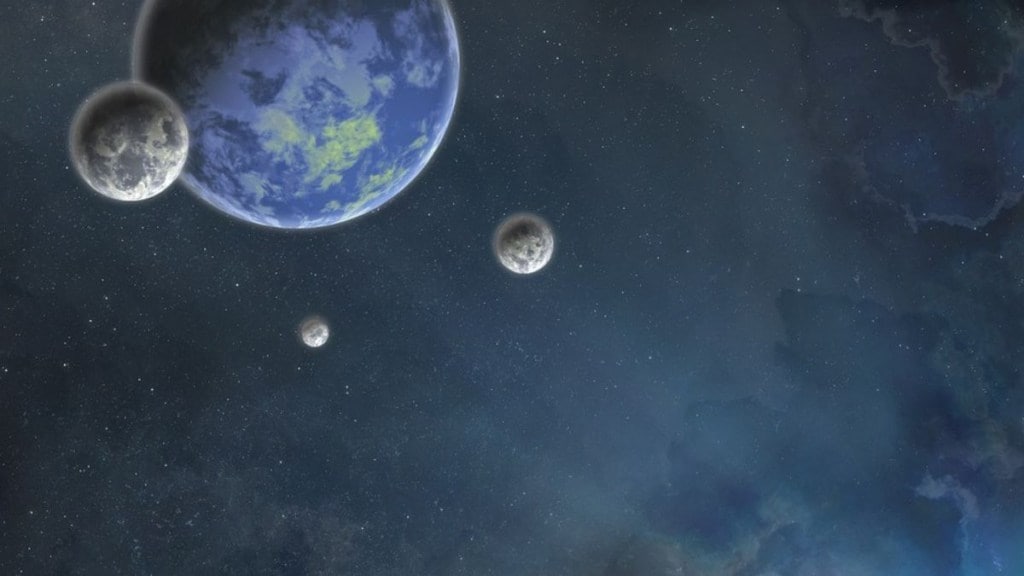In a study challenging previous astronomical assertions, scientists from the Max Planck Institute for Solar System Research (MPS) and the Sonnenberg Observatory have raised significant doubts about the existence of giant exomoons orbiting the distant exoplanets Kepler-1625b and Kepler-1708b.
This revelation emerged after a meticulous analysis using the newly developed computer algorithm Pandora, marking a transformative approach to the quest for these elusive celestial bodies.
The initial excitement about potential moons around these exoplanets hinted at a groundbreaking discovery, suggesting that the commonality of planets with natural satellites within our solar system might extend across the cosmos. However, the newly published research in Nature Astronomy suggests a shift toward “planet-only” interpretations of the data, challenging the idea that two of the over 5,300 known exoplanets possess moons.
Dr. Rene Heller, the lead author of the study, expressed disappointment in the results, stating, “We would have liked to confirm the discovery of exomoons around Kepler-1625b and Kepler-1708b, but unfortunately, our analyses show otherwise.”
The study’s findings underscore the complexities of detecting such distant objects, often much smaller than their host planets and obscured by various interstellar factors.
The original claims of exomoons were based on observations from NASA’s Kepler space telescope and the Hubble Space Telescope, detecting what seemed to be signs of giant moons that, if existing, would have surpassed all known moons in our solar system.
Yet, applying Pandora to the same data sets, the German researchers found no conclusive evidence of exomoons, offering alternative explanations for the observed light patterns.
Michael Hippke, co-author of the study from the Sonneberg Observatory, emphasized the reduced likelihood of an exomoon orbiting Kepler-1708b, stating, “The data do not suggest the existence of an exomoon around Kepler-1708b.”
The study also highlighted the susceptibility of exomoon search algorithms to false positives, with an estimated 11 percent chance of mistakenly identifying a moon when only a planet is present, underscoring the challenges faced by astronomers in this field.
Looking ahead, the researchers predict that any detectable exomoons with current technology would be atypical compared to those in our solar system. They would need to be exceptionally large and in wide orbits around their planets, making the first confirmed exomoon discoveries likely to be as strange as they are scientifically significant.

